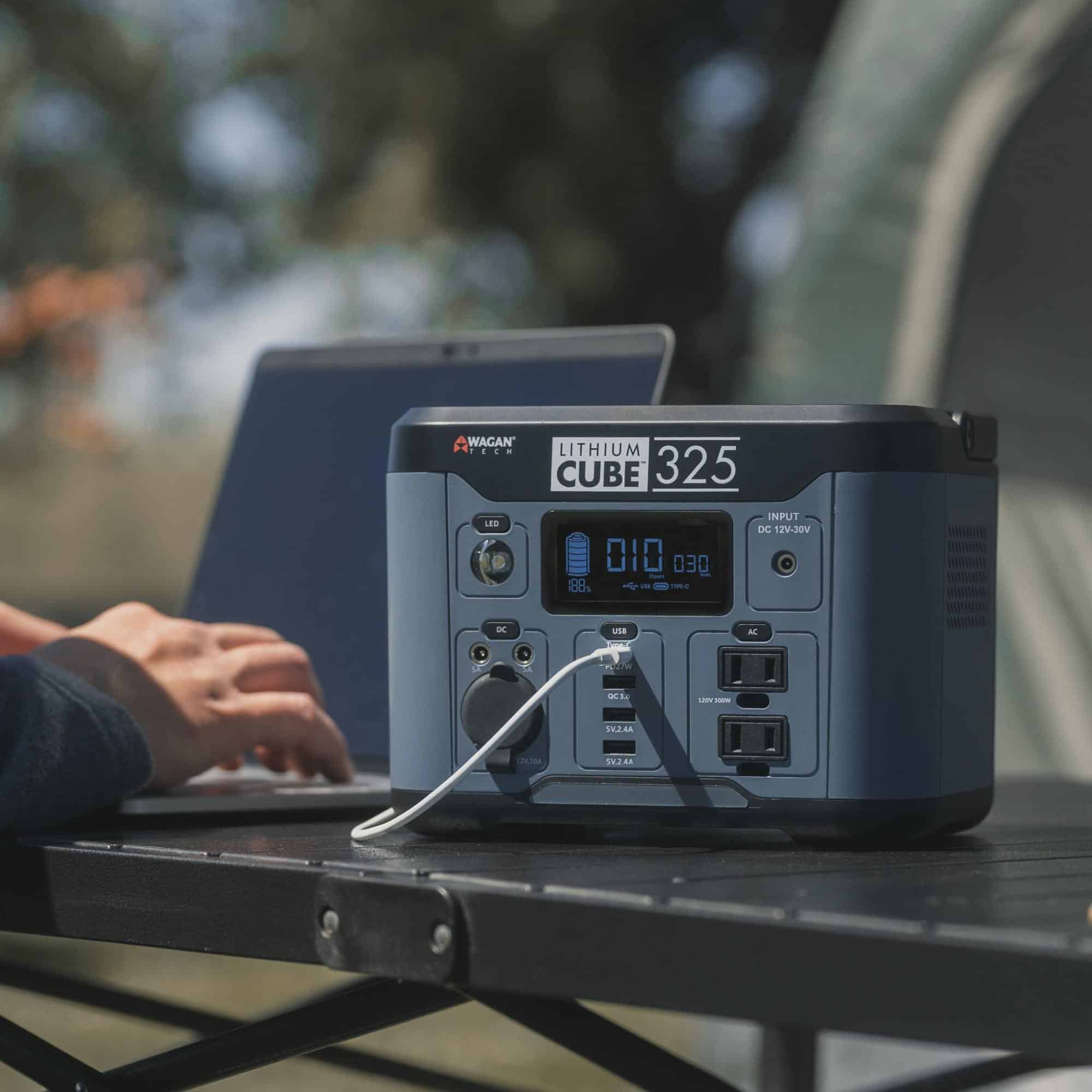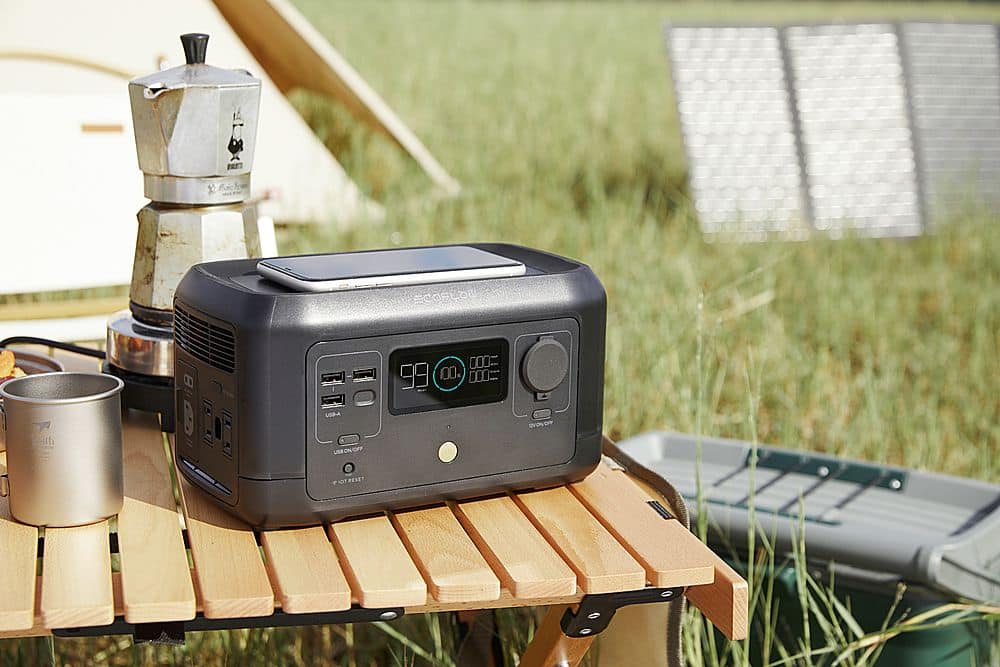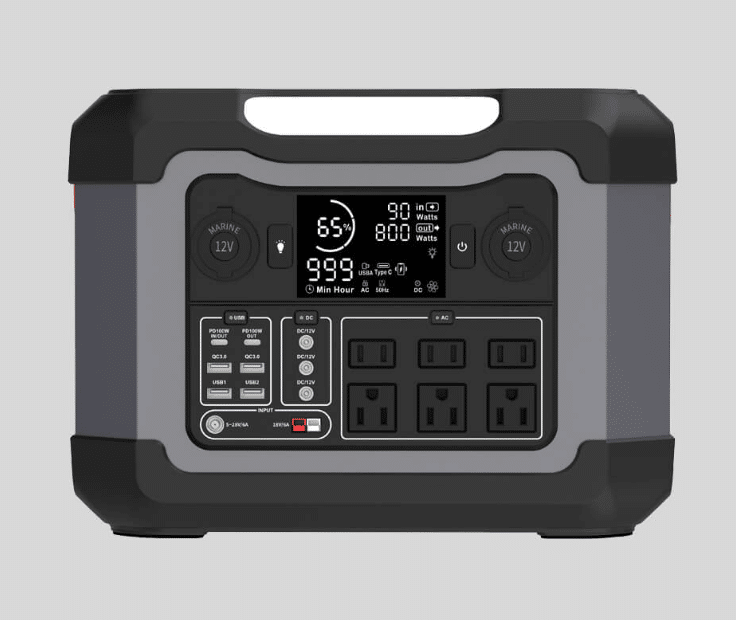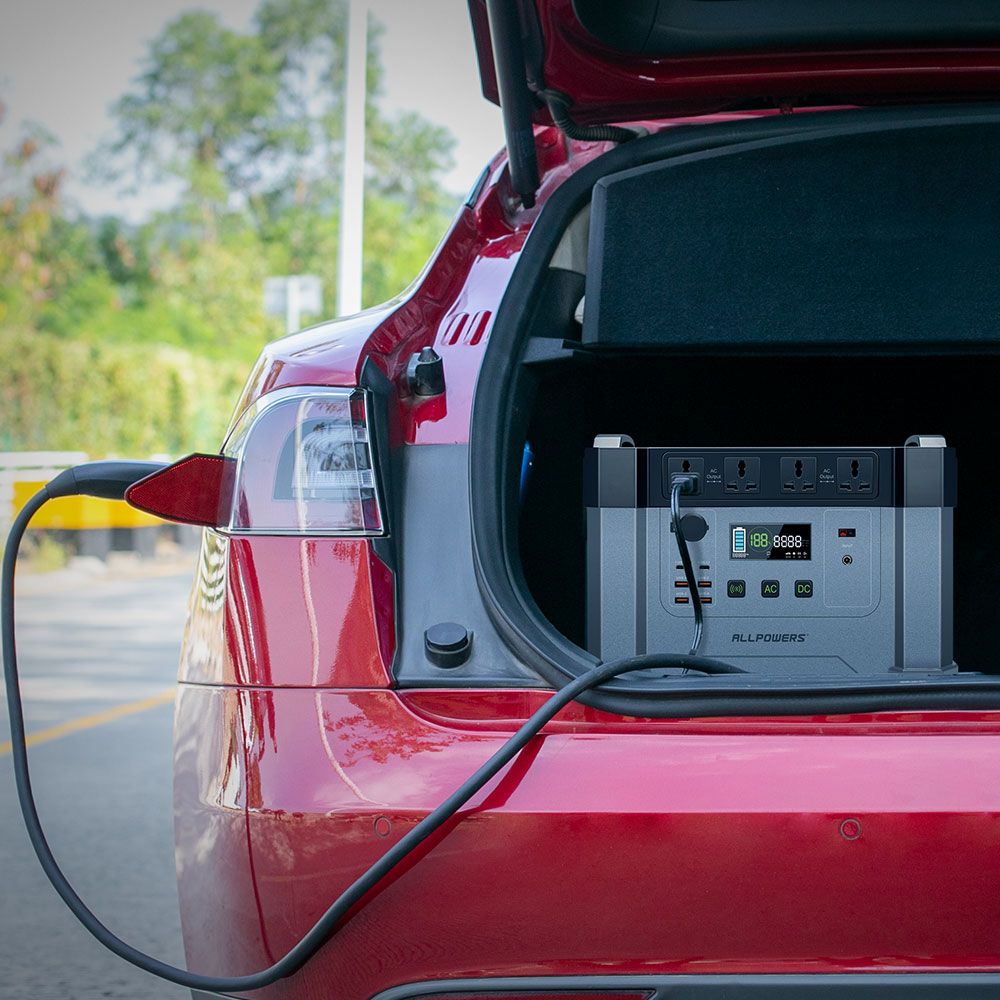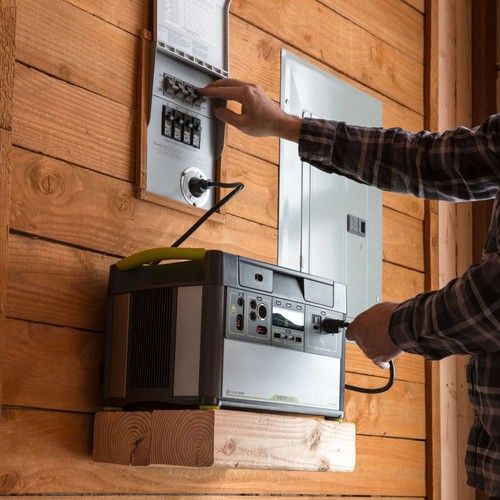Is The Tesla Powerwall Worth It?
Tesla Energy has the most outstanding rechargeable lithium-ion battery for home energy storage today – Tesla Powerwall. There are several Powerwall specifications with excellent performance in the battery market, but this product stands out in terms of its power output, environmental benefits, battery capacity, etc.
A Tesla Powerwall is worth it, especially for homeowners who wish to save more money on their energy bills in the long term. So whether you seek greater energy independence or maximizing savings, this battery type is worth it, and this article will further consider its worth in light of price and lifespan.
What is Tesla Powerwall?
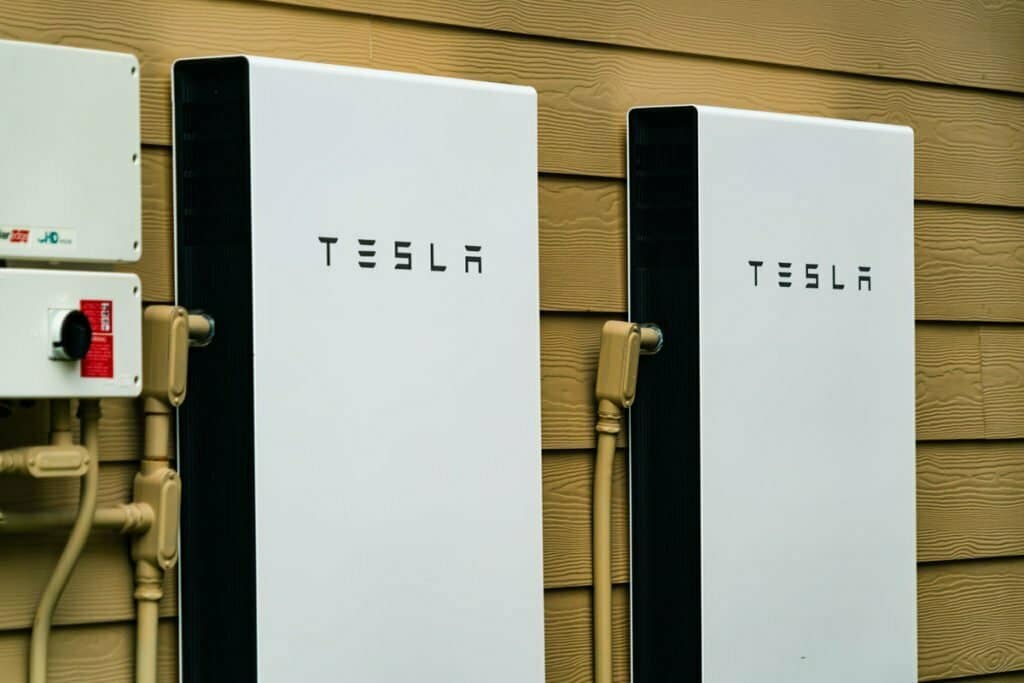
Image Source: la-solargroup
Tesla Powerwall is a rechargeable lithium-ion battery capable of storing electricity for solar self-consumption, backup power, etc. Made by the most popular company known for electric vehicles (EV) – Tesla Energy, the device is a viable energy source that provides a solution for small and medium businesses and homes.
The Tesla Powerwall battery is specifically a lithium nickel manganese cobalt oxide (NMC) battery and currently has two newest versions (product series) in the market – Powerwall 2 and Powerwall+. The two-product series came into inception in April 2015, while the Powerwall 1 was discontinued in 2016.
Comparing the two Tesla Powerwall specifications, the table below offers you more;
| Tesla Powerwall 2 | Tesla Powerwall+ |
|---|---|
| Internal inverter present, only forbattery. An external inverter is required for solar. | Battery storage capacity has an inverter with solar PV panels |
| Delivers the same power output regardless of solar generation | Delivers more power output when panels are in full sunshine |
| Add energy storage without modification | Easier to install with new solar PV panels |
How Tesla Powerwall works
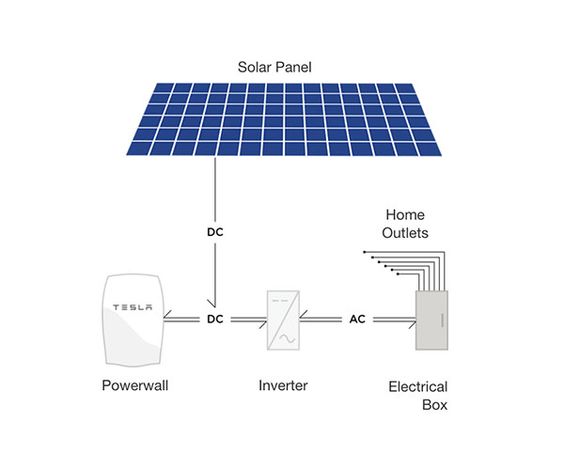
Image Source: Pinterest
The Tesla Powerwall 2 and Powerwall+ has internal inverter and rectifier that converts electricity between AC and DC. During the day, when the solar panel is exposed to the sun, the battery charges and produces more electricity than the home is consuming. The energy then gets stored until needed, like when the panel is no longer working at night or when you put off your utility grid.
Why Tesla Powerwall
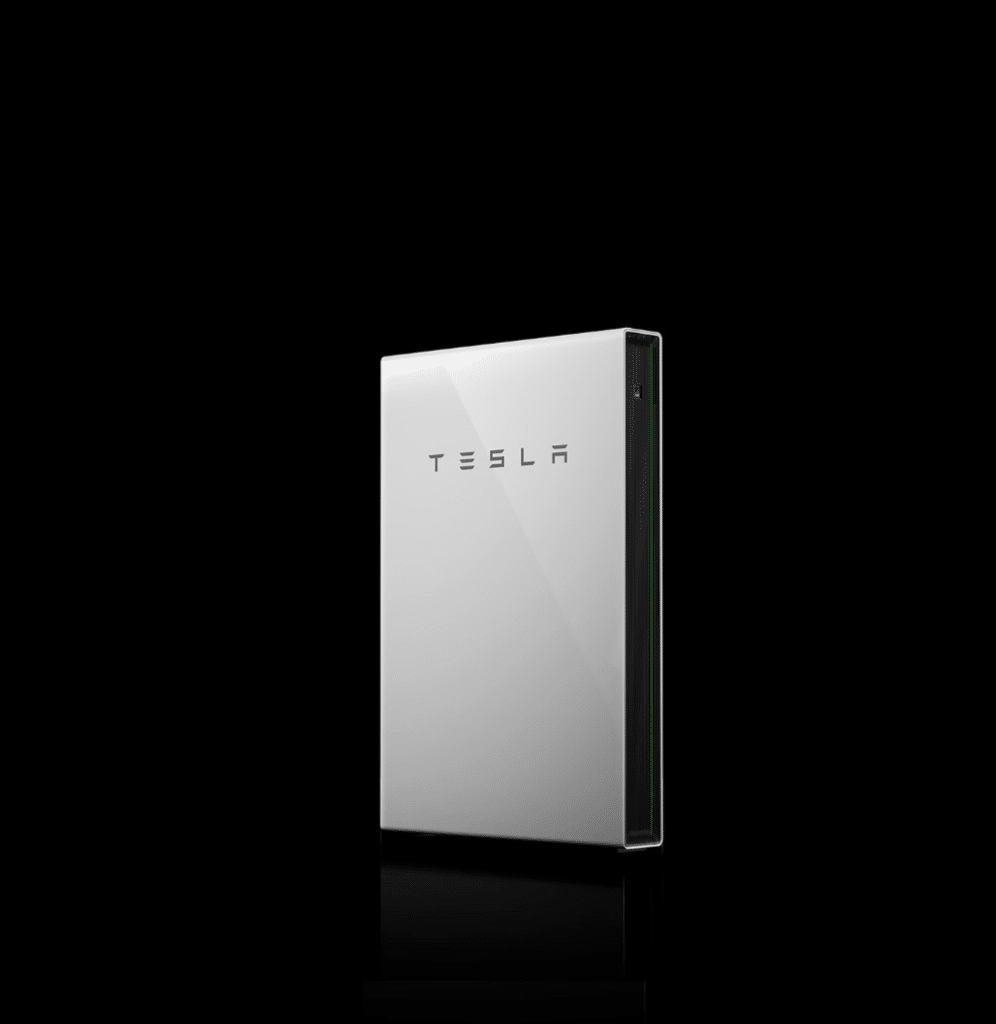
Image Source: Pinterest
To maximize your home’s energy independence, you need a power backup and a smaller carbon footprint for your home. Powerwall is a brilliant system that helps you achieve your energy needs. Its ability to self-power your home by charging from solar and potentially saving your electricity bill makes it an option to consider.
How Much Does Tesla Powerwall Cost?
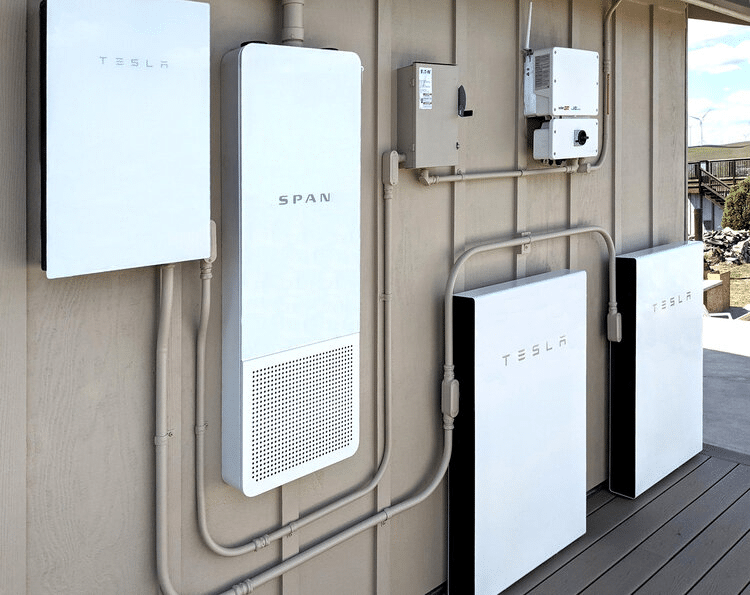
Image Source: Pinterest
The Tesla Powerwall is very expensive compared to other battery types, and however, it offers you a high storage capacity and power output. The cost of the system is based on the number of units you order. A single Powerwall costs $10,500, while two units cost $17,000.
Depending on your location, the Tesla Powerwall price varies. According to some countries, the price tags are listed below;
- United States – $11,500
- United Kingdom – £10,290 – £12,190
- Australia – $18,000 – $20,000
- Sydney – $17,000
- Melbourne – $16,990
One thing to note is that the Tesla Powerwall and other battery systems incur a 30% federal solar tax credit, which reduces the price to $7,350 against $10,500. However, qualifying for this requires the following;
- You must use the Powerwall with solar panels or any renewable energy source.
- If using the system at home, it must be 100% charged from the solar panel.
- If using it for business, it must be 75% charged from the solar panel.
In all, you will need to find out if there are additional solar tax exemptions or further financial incentives from your
state’s government.
Is Tesla Powerwall the Best
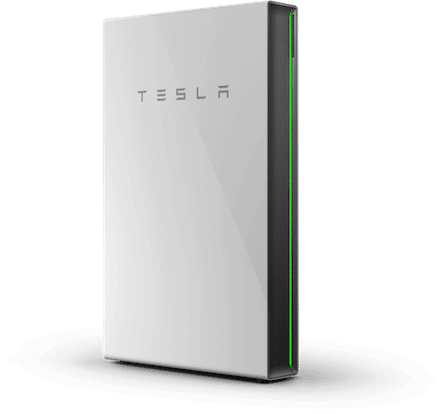
Image Source: Pinterest
It’s evident that the Tesla Powerwall is ahead of its competitors in the market share. The constant reviews from its customers indicate that the battery has a high mark. Although many brands like Enphase and Generac manufacture excellent products, here’s how Tesla Powerwall stands out, comparing their
specifications.
| Tesla Powerwall | Enphase Encharge 10* | Generac PWRcell | |
|---|---|---|---|
| Storage Capacity | 13.5 kWh | 10.08 kWh | 9+ kWh |
| Price | $7,350 (tax credit included) | $18,000+ | $9,999+ |
| Continuous Power | 5.6 kW | 3.84 kW | 3.4+ kW |
| Size | 45.3 x 29.6 x 5.75 in | 42.13 x 26.14 x 12.56 in | 22 x 10 x 68 in |
As you can see, Tesla Powerwall’s continuous power and storage capacity better its competitors, making them preferred over the others.
Conclusion: Tesla Powerwall Worth It
Finally, if you need a highly effective power storage backup to keep your house continuously powered, then Tesla Powerwall is worth it. Tesla Energy has strategically considered its customers’ power requirements and needs and has manufactured the best current solar battery storage system to power your home.
This article will not be comprehensive enough without mentioning a unique brand – Sunny Power that makes similar products to Tesla Powerwall. You can learn more about our brand, products, and services to make an informed decision.
Ways to Use Sunly Power Home Energy Storage Battery and Tesla Powerwall
There are similar ways you can use the home energy storage battery and the Tesla Powerwall. Their applications are similar from installation to rates, recharging, efficiency, etc.
- Backup battery power system: In this case, you can charge the system from your power outlet and keep the power to use when there’s a power outage.
- Gaming the system: This concerns charging the battery during the grid lower-cost electricity times to use when the peak-use times become expensive. Here you save lots of money.
- Adding solar panels saves more money: Since the systems can be recharged using solar, you can generate your own electricity while saving costs by adding the panel. Also, it offers you an eco-friendly way to use the systems.

